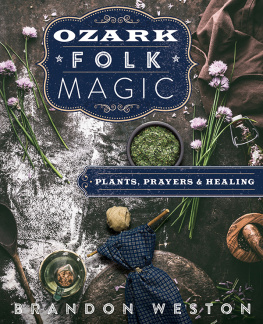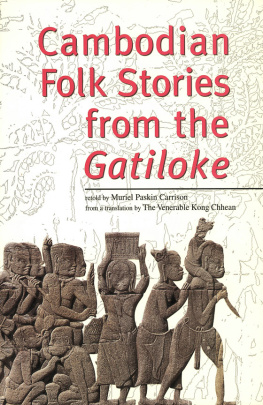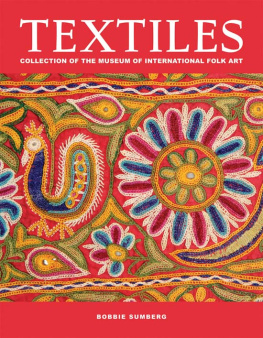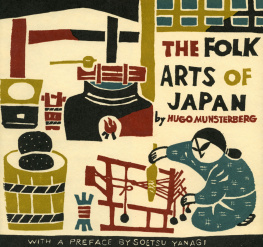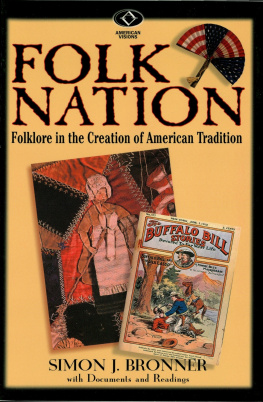
FOLK MASTERS
FOLK MASTERS
A Portrait of America
Photographs by TOM PICH
Text by BARRY BERGEY
INDIANA UNIVERSITY PRESS

2007 Heritage Fellow Julia Parker in Yosemite Valley meadow, Yosemite National Park.
This book is a publication of
Indiana University Press
Office of Scholarly Publishing
Herman B Wells Library 350
1320 East 10th Street
Bloomington, Indiana 47405 USA
iupress.indiana.edu
2018 by Barry Bergey and Tom Pich
All rights reserved
No part of this book may be reproduced or utilized in any form or by any means, electronic or mechanical, including photocopying and recording, or by any information storage and retrieval system, without permission in writing from the publisher.
This book is printed on acid-free paper.
Manufactured in China
Cataloging information is available from the Library of Congress.
ISBN 978-0-253-03232-4 (cloth)
ISBN 978-0-253-03233-1 (ebook)
1 2 3 4 5 23 22 21 20 19 18

For Tara and Jean, our families, and in recognition of the role family plays in sustaining our nations living cultural heritage

2014 Heritage Fellow Henry Arquettes baskets on St. Regis River, Akwesasne Reservation, New York.
CONTENTS




FOLK MASTERS
INTRODUCTION
 IN 2009, PROFESSIONAL PHOTOGRAPHER Tom Pich was lining up an unlikely combination of individuals to have a group portrait taken. He was working in the cavernous reception area of the recently opened Visitor Center of the United States Capitol, named Emancipation Hall to honor the many unnamed enslaved laborers who helped build the domed structure. The assembled group included, among others, a cowboy poet from Texas, a basketmaker from South Dakota, a contra dance caller from New Hampshire, a Tlingit weaver from Alaska, and a gospel quartet from Alabama. All had come to Washington, DC, to be honored with a National Heritage Fellowship, the highest form of federal recognition of folk and traditional artists, given by the National Endowment for the Arts (NEA). With tourists and congressional staffers wandering through this open area, and friends and relatives crowding around, Pich was having difficulty getting the artist honorees to pay attention and line up. His efforts were made more difficult by the sound of pneumatic drilling echoing off the polished stone walls and emanating from the top of a scaffold set up nearby. Pich went over to see if he could convince the workman to suspend efforts long enough for him to take the photograph. Looking up, he spied 2007 National Heritage Fellow Nick Benson.
IN 2009, PROFESSIONAL PHOTOGRAPHER Tom Pich was lining up an unlikely combination of individuals to have a group portrait taken. He was working in the cavernous reception area of the recently opened Visitor Center of the United States Capitol, named Emancipation Hall to honor the many unnamed enslaved laborers who helped build the domed structure. The assembled group included, among others, a cowboy poet from Texas, a basketmaker from South Dakota, a contra dance caller from New Hampshire, a Tlingit weaver from Alaska, and a gospel quartet from Alabama. All had come to Washington, DC, to be honored with a National Heritage Fellowship, the highest form of federal recognition of folk and traditional artists, given by the National Endowment for the Arts (NEA). With tourists and congressional staffers wandering through this open area, and friends and relatives crowding around, Pich was having difficulty getting the artist honorees to pay attention and line up. His efforts were made more difficult by the sound of pneumatic drilling echoing off the polished stone walls and emanating from the top of a scaffold set up nearby. Pich went over to see if he could convince the workman to suspend efforts long enough for him to take the photograph. Looking up, he spied 2007 National Heritage Fellow Nick Benson.
Benson, a designer of script and a limner of names, titles, and quotes on many of the monuments and buildings in Washington, had been working largely unnoticed in the midst of ceremonial and routine activity below. He was inscribing the words In God We Trust on the interior facade of this hall, words meant to endure and, like the best of art, intended to convey truth and embody beauty. Beneath him, this diverse group of artists, none of them celebrities outside their communities, was posing for a portrait prior to an event honoring their contributions to our nations artistic and cultural heritage. The National Heritage Fellowships recognize the better angels of our nature as Abraham Lincoln phrased it at his first inauguration, standing in front of that same Capitol building almost 150 years before. At the time Lincoln spoke, master craftsmen working in metal, wood, and stone, not unlike Nick Benson, were still in the process of finishing that structure, a building meant to house a government that was laboring to fulfill an idealized sense of itselfstruggling with an uncertain vision of who we were and what we wanted to become. This collection of photographs is intended as one statement about ourselves, a century and a half later, as expressed through a portrayal of the excellence and diversity of our citizen artists. It is a portrait of America, still a work in progress.
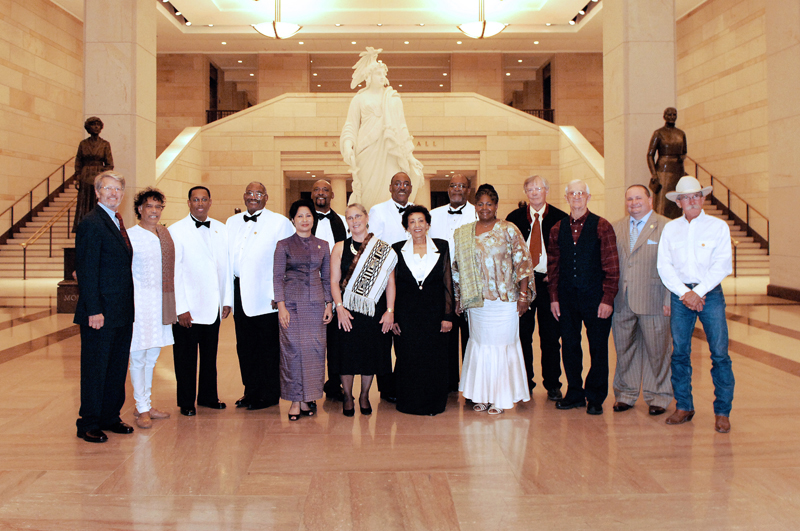
2009 NEA National Heritage Fellows with Barry Bergey, Folk and Traditional Arts Director, posing for group portrait in Emancipation Hall of the Capitol Visitor Center, Washington, DC. Photo by Tom Pich.
HONORING NATIONAL LIVING TREASURES
Bess Lomax Hawes, the first director of folk arts at the NEA, recalled that in one of her early conversations with Nancy Hanks, chair of the agency, Hanks asked if the United States might develop a form of recognition of folk artists similar to the Japanese National Living Treasures program. Although Hawes was intrigued by the idea, she also had some reservations. Japan, unlike the United States, had a population that was relatively monocultural and benefited from a cultural heritage of much greater time depth. However, she initiated a series of discussions with folk arts specialists and panels. In 1982, following a period of five years of deliberation and worryWhat should be the proper size of the award ($5,000 then and now $25,000)? Would the award create jealousy among artists? How should the artists be chosen? Is it appropriate to honor individuals in a community-based art form?the National Heritage Fellowship Program was born.
Thirty-five years later, the National Heritage Fellowships have become one of the most lauded programs of the National Endowment for the Arts, an expression of our nations aesthetic democracy and a keystone in our federal cultural policy. Anyone can nominate an artist for this recognition. Art forms eligible for consideration include crafts, dance, music, oral traditions, and visual arts, and are typically learned as part of the cultural life of a community whose members share a common ethnic heritage, cultural practice, language, religion, occupation, or geographic region. These traditions are generally considered to be shaped by the aesthetics and values of a shared culture and are passed from generation to generation, most often within family and community through observation, conversation, and practice. The guidelines for nomination are intentionally broad, allowing for the inclusion of new and evolving concepts of community, heritage, and excellence. Honorees are selected by a group that includes cultural specialists and one layperson, convened each year to consider the nominations.
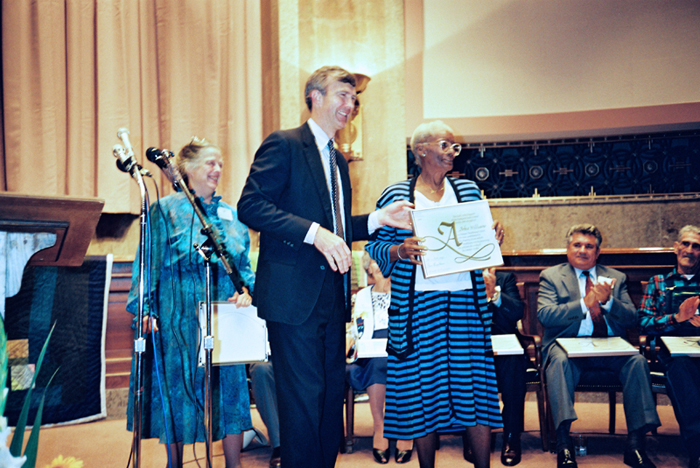
Next page


